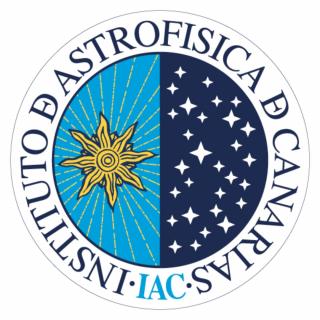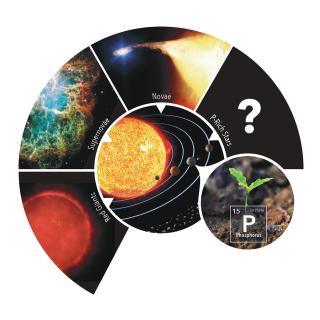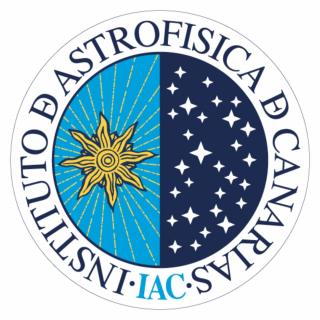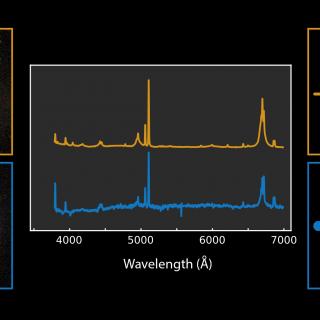
The Instituto de Astrofísica de Canarias (IAC) and the international institutions of the Roque de los Muchachos Observatory would like to give due recognition to the outstanding work carried out by the personnel who have participated in the tasks of extinguishing the fire declared last Friday, 21st August, in the municipality of Garafía (La Palma) and which on the Sunday was “stabilized”, thanks to their professionalism, effort and courage in extremely difficult labour. We would also like to praise the efficiency and the coordination shown by the various administrations involved, especially
Advertised on




